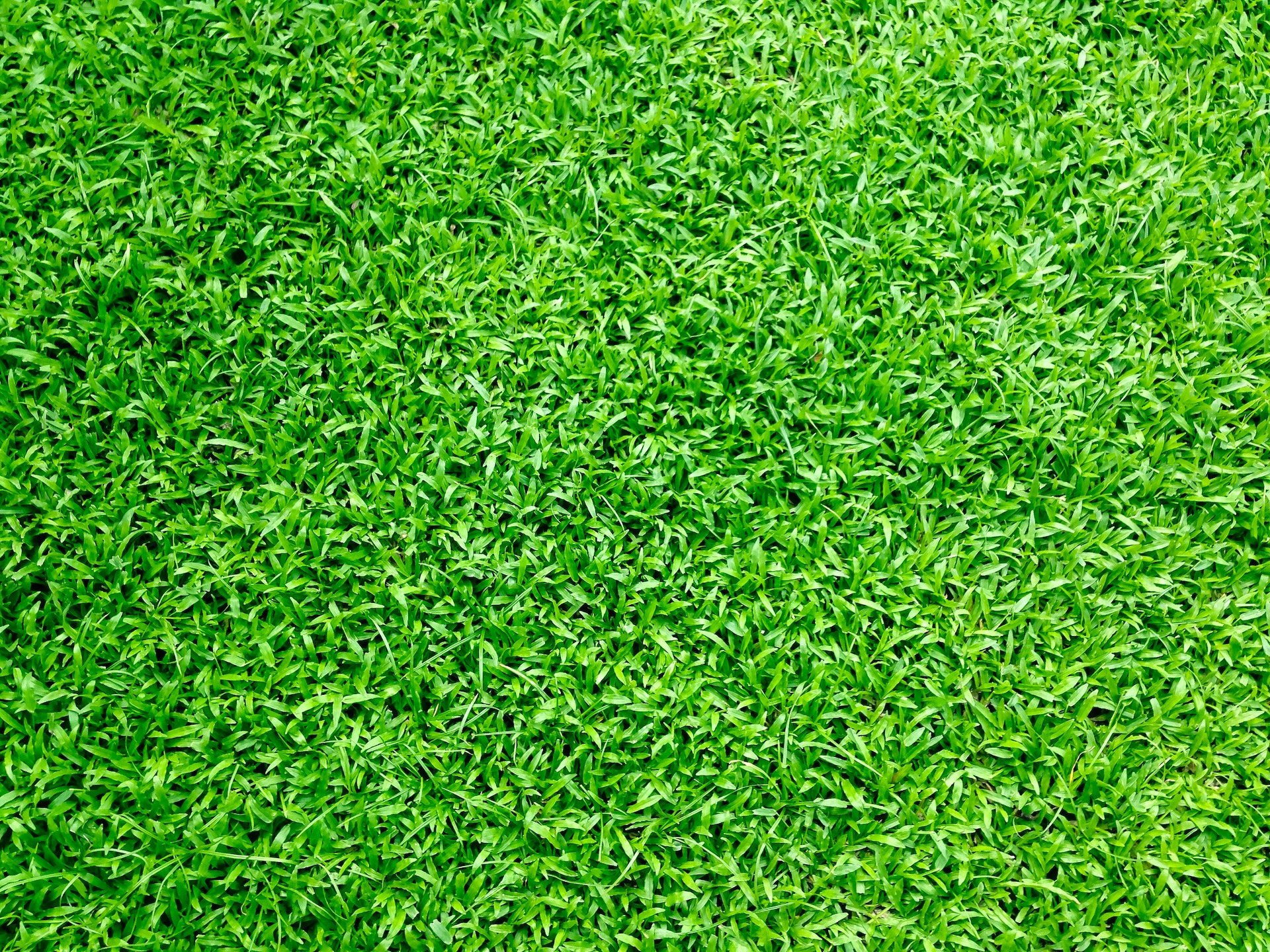Artificial grass, also known as synthetic turf, is a popular alternative to natural grass for a variety of reasons. Not only does it require less maintenance and water, but it can also be more durable and long-lasting. Installing artificial grass is a relatively straightforward process, and with the right tools, industrial parts and some patience, it can be done by almost anyone. In this article, we will walk you through the steps of how to lay artificial grass.
Step 1: Measure and prepare the area
The first step in laying artificial grass is to measure the area where you want to install it. This will help you determine how much artificial grass you will need to order. When measuring the area, be sure to include any curves or irregular shapes, as this will affect the amount of artificial grass you need.
Once you have measured the area, you need to prepare it for the installation. Remove any existing grass, weeds, rocks, or debris from the area. It's also a good idea to level the ground if it's uneven, as this will ensure a smooth and even surface for the artificial grass according to http://greenartificialgrass.ie/
Step 2: Install the base layer
After preparing the area, you need to install the base layer. This layer is essential as it provides a stable and solid foundation for the artificial grass. There are two main types of base layers: crushed stone and sand.
Crushed stone is the most commonly used base layer. To install a crushed stone base layer, you will need to:
-
Spread a layer of crushed stone over the area to a depth of around 3-4 inches.
-
Use a plate compactor to compact the crushed stone layer. This will ensure that the surface is level and stable.
-
Add a layer of sharp sand on top of the crushed stone. Spread it evenly and use a rake to level the surface.
-
Use a plate compactor to compact the sand layer.
Step 3: Lay the artificial grass
After installing the base layer, you are now ready to lay the artificial grass. Before you begin, ensure that the grass is laid out in the right direction, and all the rolls are aligned correctly. To lay the artificial grass, you need to:
-
Roll out the artificial grass over the prepared area. Be careful not to drag the grass across the base layer, as this can cause the sand or crushed stone to shift.
-
Cut the artificial grass to fit the area using a utility knife. Be sure to leave a small amount of extra grass around the edges to allow for trimming.
-
Fold back the edges of the artificial grass and lay down the adhesive tape, making sure to keep it as close to the edge as possible.
-
Once the adhesive tape is in place, fold the artificial grass back down over it and press it firmly into the tape.
-
Continue this process for each section of the artificial grass until the entire area is covered.
Step 4: Trim and tidy up
After laying the artificial grass, you need to trim and tidy up any excess materials. To do this, you will need a sharp utility knife and a pair of scissors. First, trim the excess grass from around the edges of the area. Next, trim any excess adhesive tape using the utility knife. Finally, use the scissors to trim any loose fibers and tidy up the edges.
Step 5: Add infill (optional)
Adding infill is an optional step, but it can help to give the artificial grass a more natural look and feel. Infill is typically made from materials such as sand or rubber, and it is added to the artificial grass to weigh it down and help the fibers stand upright.
